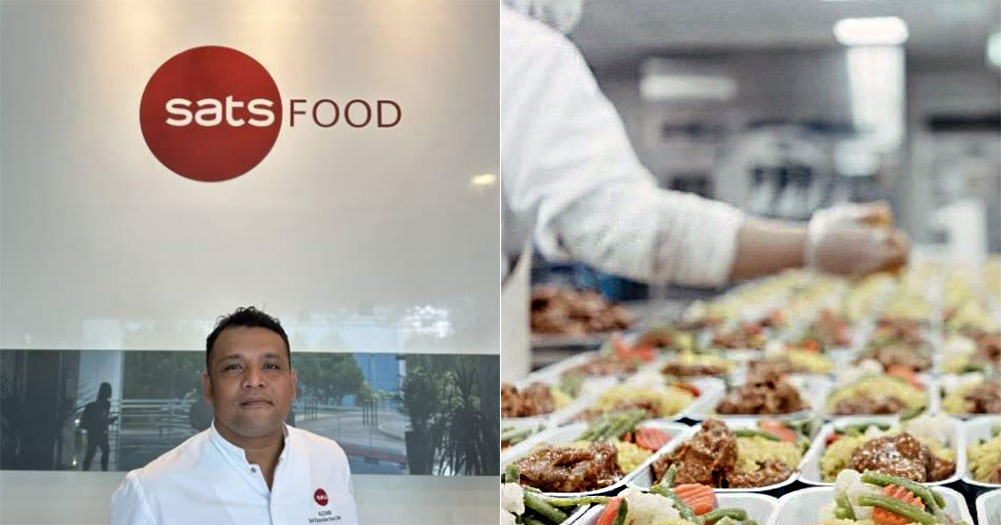Before the pandemic, Changi Air Hub connected Singapore to more than 170 cities and was one of the world’s busiest airports, handling around 68.3 million passengers in 2019 alone.
Then came COVID-19, which hit the aviation industry hard. Fast forward to now, the boarding gates have been flung wide open again, with many of us taking trips abroad or planning for one soon.
Since Singapore reopened its borders, passenger traffic has recovered over 82 per cent of pre-COVID-19 levels in March 2023. This means, our beloved Air Hub and its services are buzzing with activity again.
Recently, I visited the SATS Inflight Catering Centre 2 near Changi Airport, one of two inflight catering facilities that SATS operates in Singapore. I met the centre’s senior executive sous chef Khairril Azzard who gave us a tour of the kitchen and shared his observations of Changi’s recovery through the orders they received from airlines.
First impressions
Before entering the kitchen, my colleague, Li Xin and I had to put on hair nets, shoe covers and a dust coat for hygiene.
We were also required to step into an air shower to remove hair, dust, dirt, and other foreign matter on our bodies and clothing that could potentially contaminate the food.
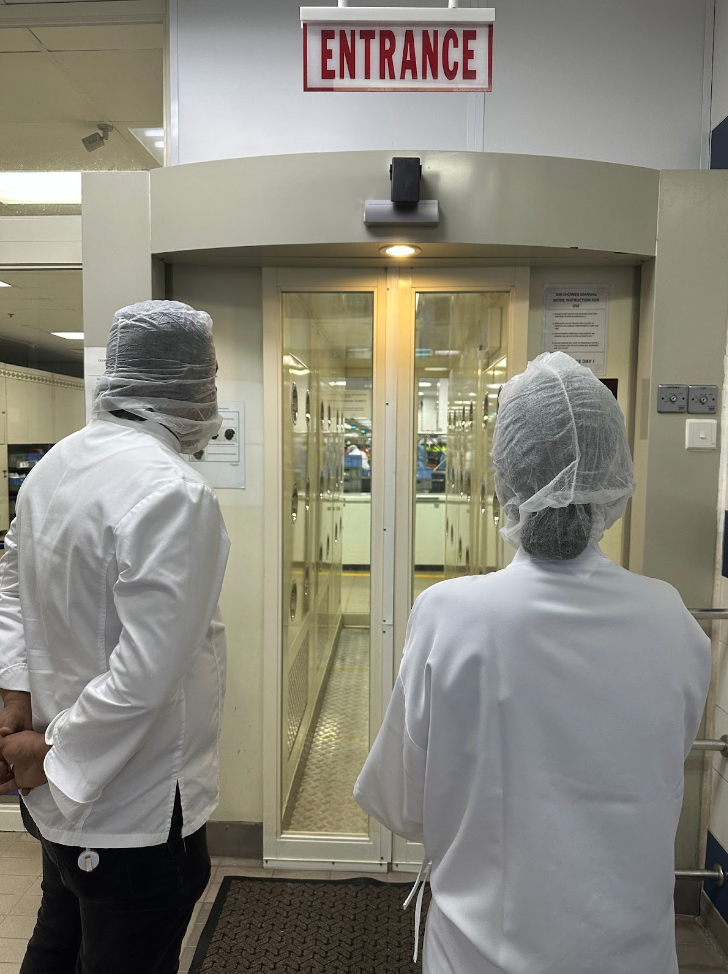 Photo via Ruth Chai
Photo via Ruth Chai
The Catering Centre supplies food to over 80 per cent of airlines flying in and out of Singapore, including private jets and most airport lounges. The kitchen was bustling and segmented into stations, just like in a restaurant.
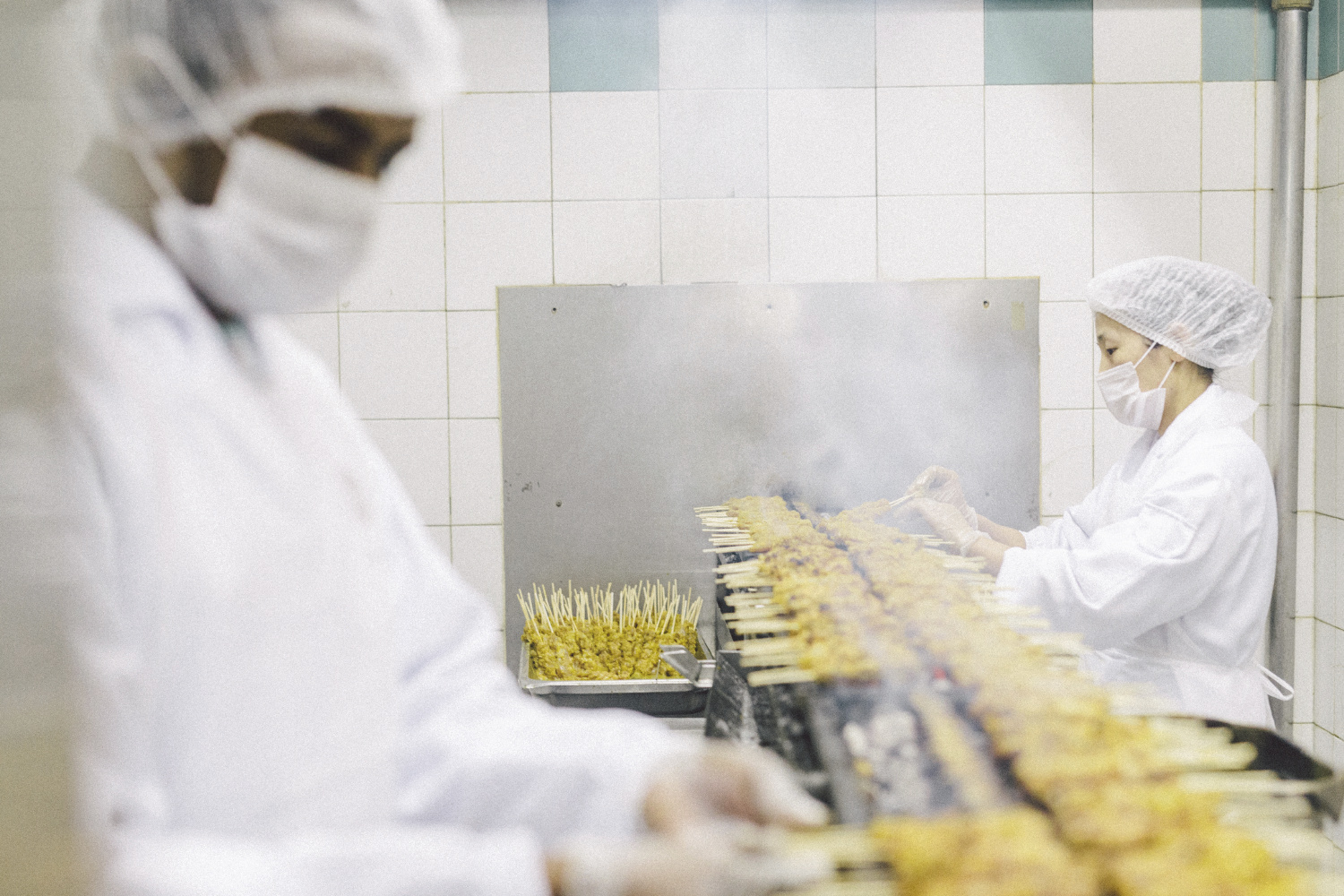 Photo via SATS
Photo via SATS
There’s a hot kitchen that prepares all hot food, a bakery that prepares mouth-watering baked goods, and a dessert station filled with a variety of sweet treats, to name a few.
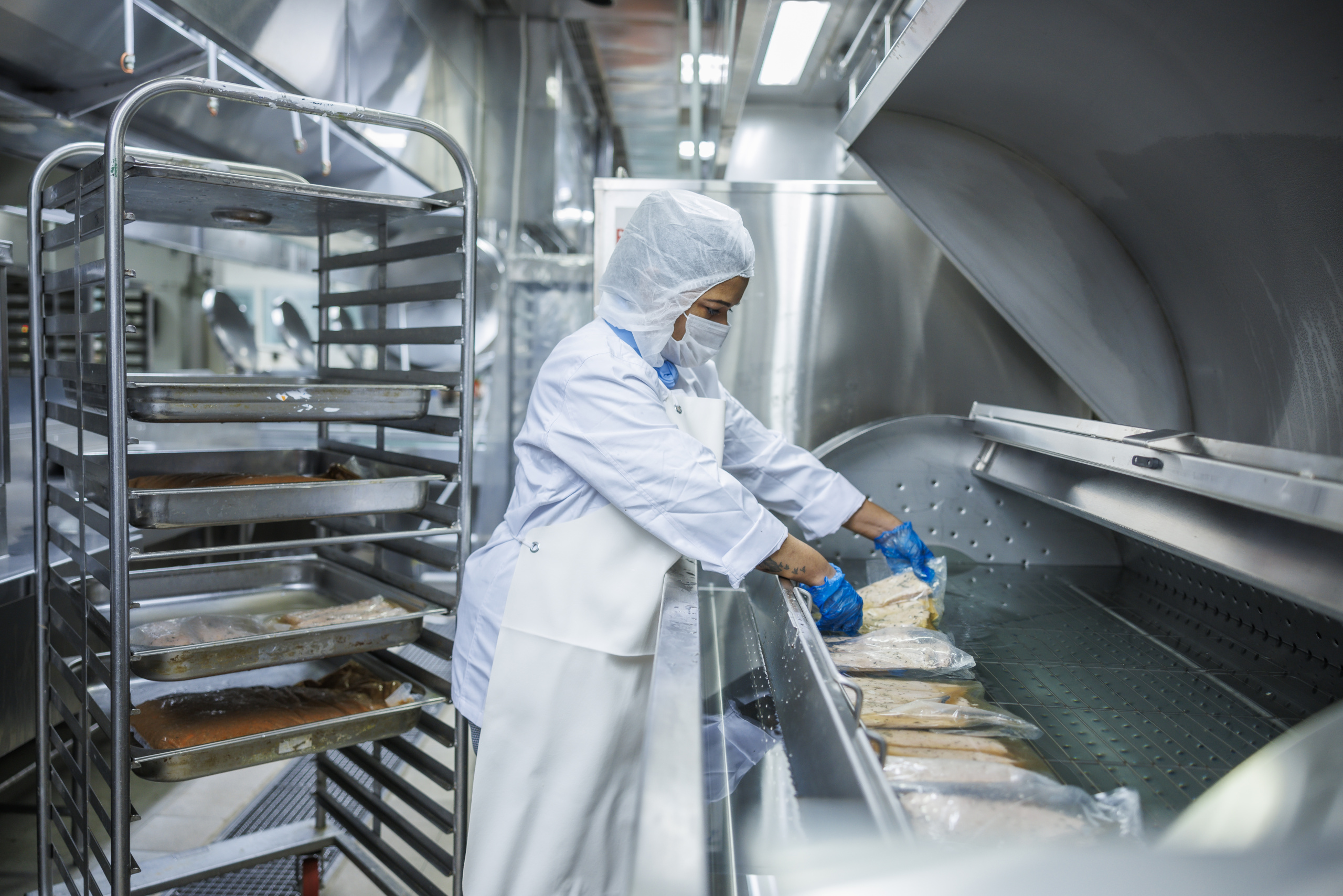 Photo via SATS
Photo via SATS
Located at the back of the kitchen, the catering control centre acts as the kitchen’s brain, receiving all orders and information from the airlines, including dietary information for special meal requests.
So what happens if there are last-minute changes to passengers on flights?
To accommodate the changes, the kitchen may take meals from later flights to serve earlier ones first. If the demand exceeds what the kitchen can provide in a short period of time, a “like for like” menu is provided, for example, the sauce may differ but the same protein is offered.
Impact of the pandemic
Despite Changi Airport’s passenger volume plummeting to only 1.5 per cent of pre-COVID-19 levels during the pandemic, I was surprised when Azzard shared that the catering centre remained busy throughout. Most staff were reassigned to cater meals to dormitories, quarantine hotels and ships in Singapore’s port.
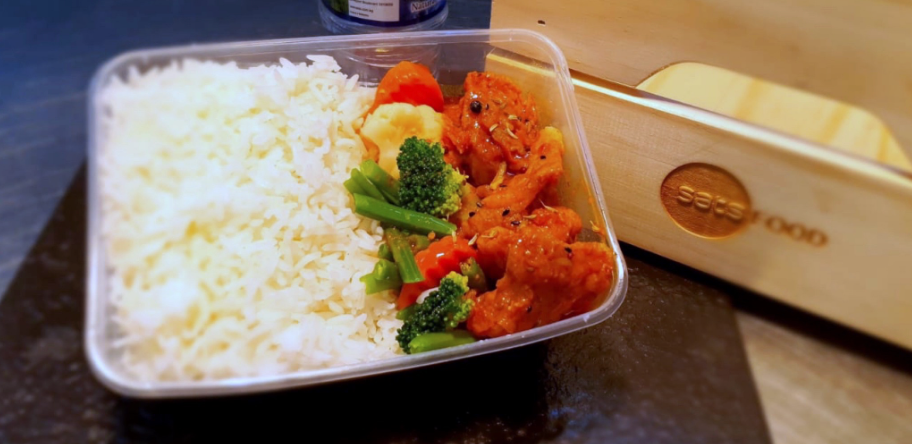 Photo via Facebook, which shows an example of meals catered during COVID-19
Photo via Facebook, which shows an example of meals catered during COVID-19
“During the pandemic, we had to quickly create new menus for the communities we serve. Institutional catering and commercial catering are very different from aviation catering. For inflight catering, all food is dished chilled and thereafter reheated onboard, while the catering jobs we took on during the pandemic required short turn-around time and for the food to be kept hot and safe. It was quite an experience,” recounted Azzard.
With Singapore reopening its borders, Azzard shared his relief and excitement when demand for in-flight catering meals increased, as it signalled a return to normalcy and growing confidence in air travel.
SATS has been aggressively hiring new and former staff to reach pre-pandemic levels of operations.
Better in bulk and automated
Emerging from the pandemic, SATS is leveraging technology, automation and sustainable solutions to shape the future of Singapore air hub
Through automation and more efficient space utilisation, SATS aims to achieve an annual production capacity of 53 million inflight meals in Singapore by 2025, up from the current capacity of 43 million meals.
Heading into the hot kitchen, the first food-making machine we saw was the automated rice-making machine, which can cook up to 600kg of rice per hour.
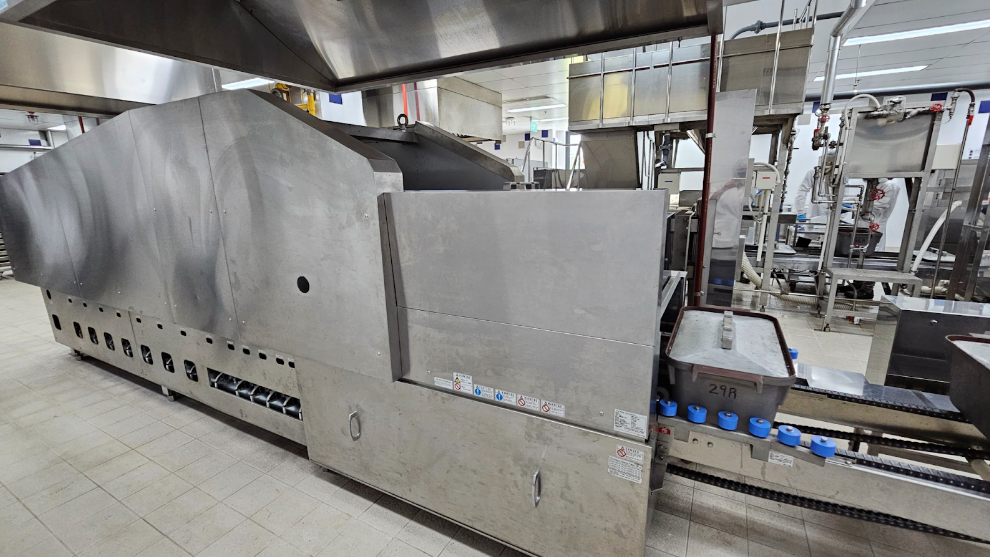 Photo via SATS
Photo via SATS
A chef only needs to select one of the pre-programmed modes according to the type of rice to be cooked, and the machine will do all the work.
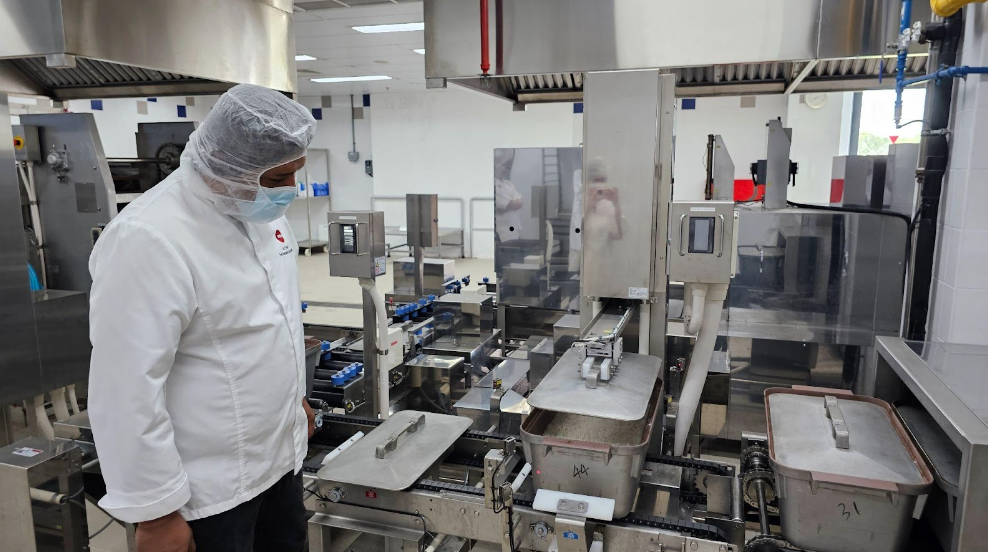 Photo via Ruth Chai
Photo via Ruth Chai
The final human touch is added for quality control when a chef portions the cooked rice into sheet trays, ready to be blast chilled to prevent bacteria growth.
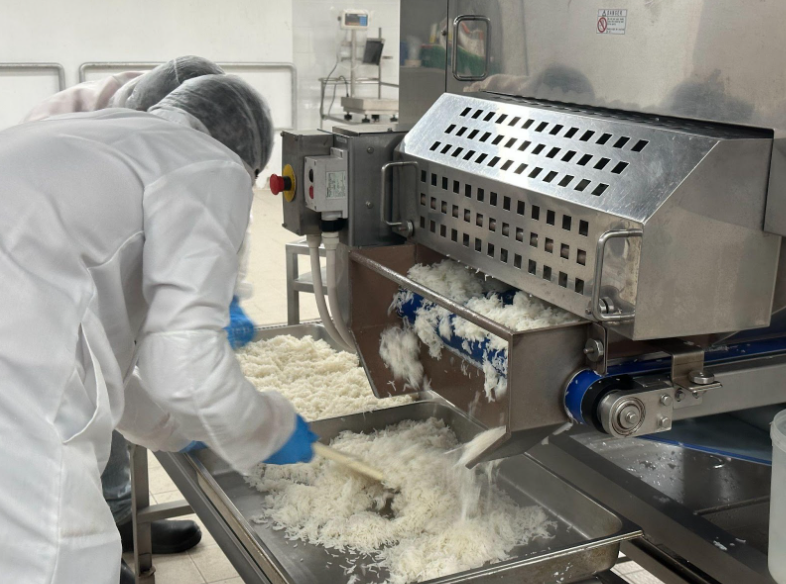
 The auto fryer is a machine that automates the tossing and stirring of food. It makes 30kg of fried rice within 15 minutes as opposed to 45 minutes by manual labour. This helps to improve the productivity and consistency of large meal batches.
The auto fryer is a machine that automates the tossing and stirring of food. It makes 30kg of fried rice within 15 minutes as opposed to 45 minutes by manual labour. This helps to improve the productivity and consistency of large meal batches.
In the final stage, the food will go through a metal detector as a safety precaution, before being whisked away to be loaded onto airline trolleys.
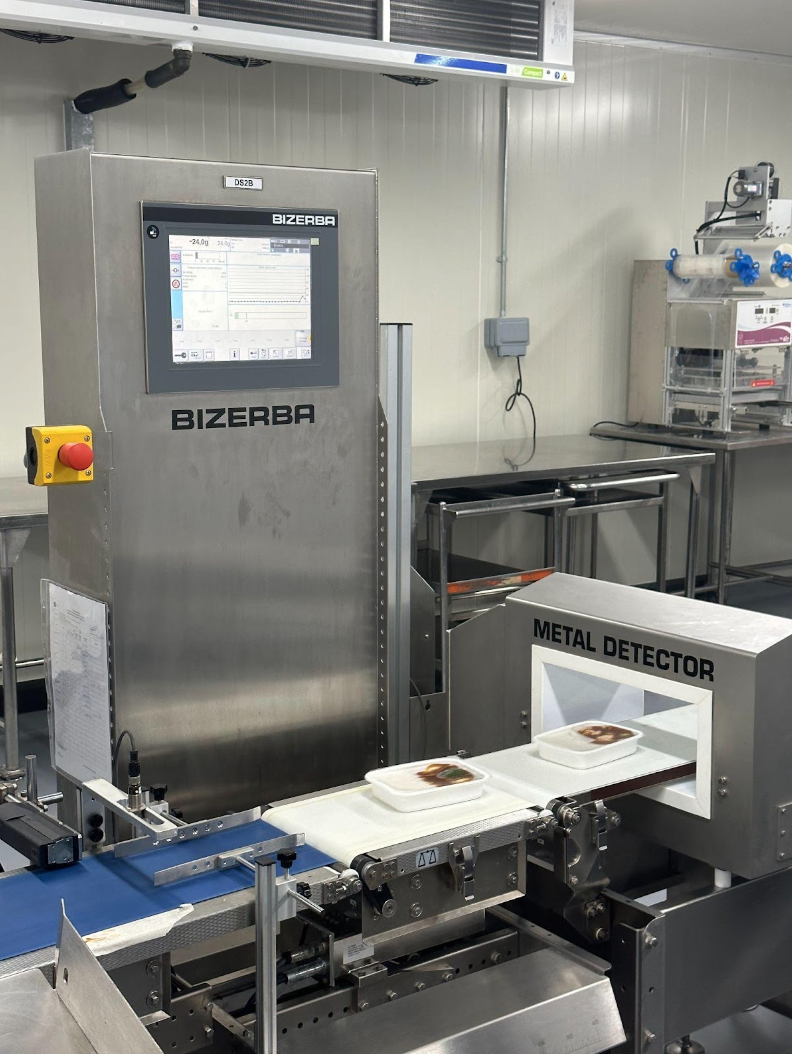 Photo via Ruth Chai
Photo via Ruth Chai
Bakery and dessert
As Azzard led us to the bakery, the room was filled with the aroma of freshly baked garlic bread.
Baking bread may appear to be a simple task but meeting the different airlines’ specifications can be a challenge. For example, one airline might want 50g croissants, while another may want 70g ones.
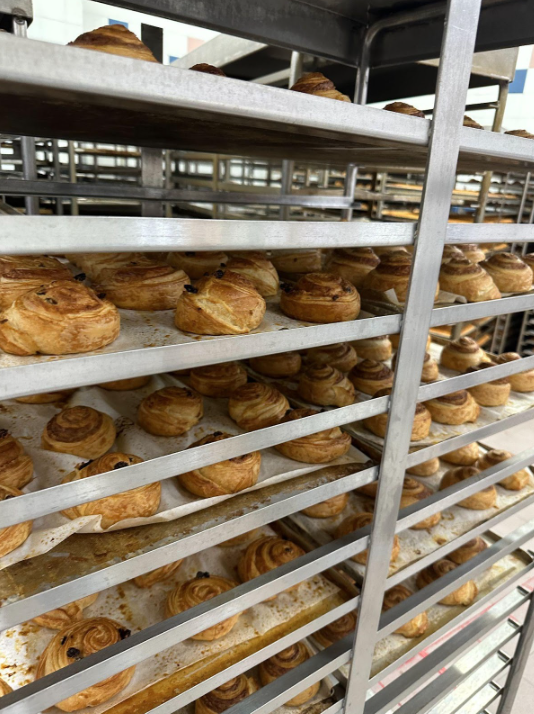 Photo via Ruth Chai
Photo via Ruth Chai
To meet these specifications, SATS has embraced technology to improve productivity and efficiency. I was fascinated to see how their water jet machine could cut batches of cakes in intricate shapes with precision in minutes.
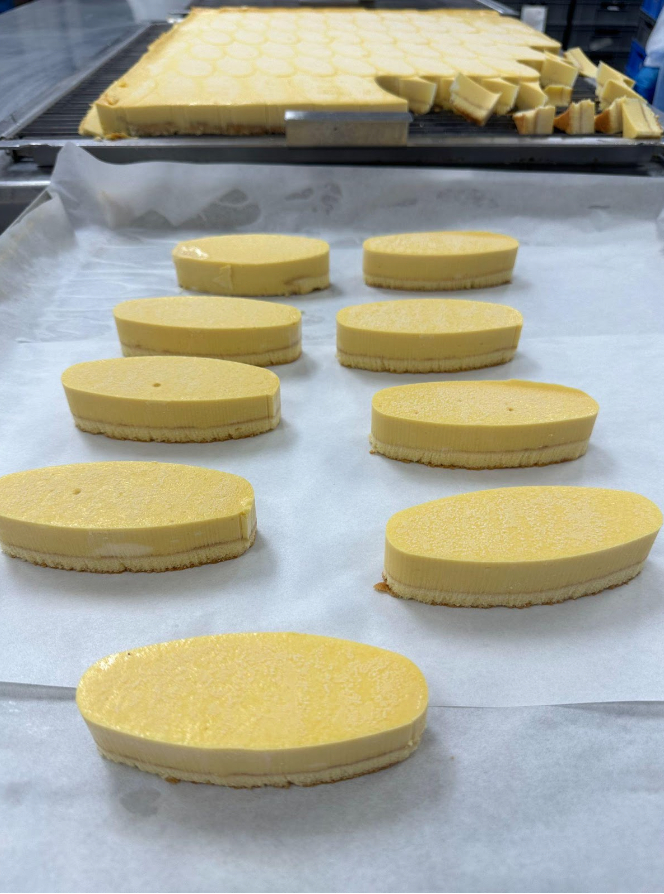 Photo via Ruth Chai
Photo via Ruth Chai
I also found out that SATS deploys trained security personnel to monitor and inspect catering carts throughout the cart-loading and unloading process from its kitchens to each craft. This ensures traceability and food safety of meals delivered from SATS to its customers. They also have
hygiene and compliance teams that audit the kitchens 24/7 to uphold food hygiene and safety standards.
How the kitchen deals with wastage
SATS manages a large volume of food. It is inevitable that the kitchen produces tonnes of food waste – or not.
SATS has food waste management systems in place to reduce the volume of avoidable waste and improve efficiencies, while creating more sustainable cycles of renewal and regeneration.
For example, all food waste produced in the kitchen is weighed and recorded. At the end of the day, reports will be crafted detailing the amount of waste produced for chefs to find, and eliminate, the root cause of wastage.
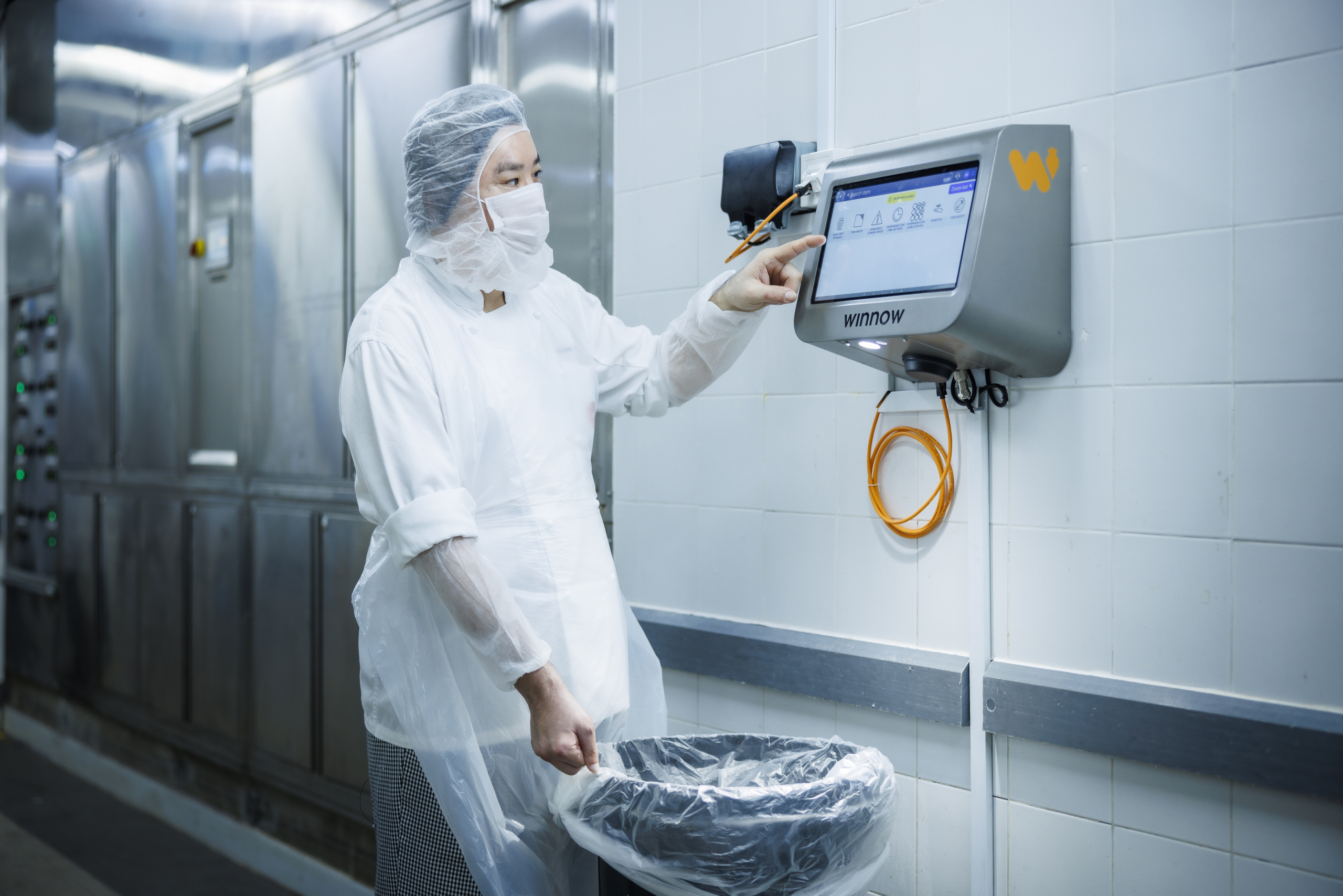 Photo via SATS
Photo via SATS
By using food components in large-scale production, the flexibility of using the same ingredient and customising it across different menus helps to further minimise food waste.
SATS is also piloting the use of biodegradable packaging to cut down on packaging waste sent to incineration and landfills. They hope to introduce 100 per cent sustainable food packaging by 2030 through partnerships with their airline partners and stakeholders.
Conclusion
Going behind-the-scenes at the SATS’ kitchen was a deeply insightful and eye-opening experience.
It was definitely heartening to see the aviation sector getting back on its feet and returning to its former glory - armed with technology and new operating systems to up productivity.
It has definitely motivated me to book my next flight out.
This article is written in collaboration with the Ministry of Transport and SATS.
Top photos via Ruth Chai and SATS
If you like what you read, follow us on Facebook, Instagram, Twitter and Telegram to get the latest updates.
